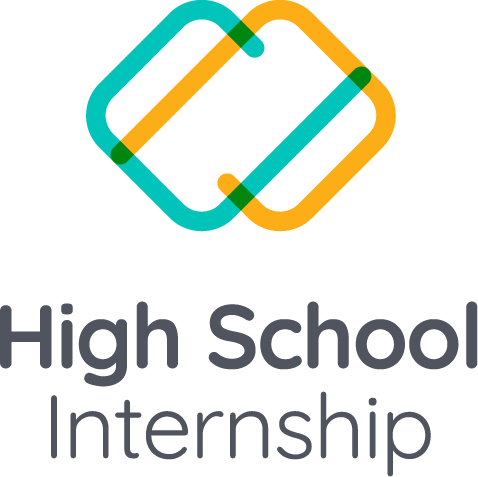As an educator, I have used several forms of curriculum design, from traditional textbooks, government-mandated curriculum. I have even used non-curricular approaches with un-schooling my children. However, educators can tell you, the way the curriculum is written is often used differently in classrooms. This is especially true for rigid and traditional curriculum. Educators need to craft their nuance into the curriculum and modify it to fit local needs. For example, while teaching middle school science in rural Texas, we used a science textbook that gave examples of rainforest ecosystems.
My students hadn’t seen a rainforest, but they knew the ecosystems in their backyards, farms, and ranches. So, naturally, I adapted and used examples that students could relate to instead of the textbook examples. This made the rainforest examples more relatable once we looked at them with our local ecosystems having been learned first.
At BSD Education, it is my role to oversee our curriculum development process and define a vision for our curriculum. After years of being a Learning Experience Designer, here are three practical ideas that you can use for developing a curriculum:
- Decide on a pedagogical foundation.
- Use learning standards or a learning framework.
- Design for flexible learning environments.
Decide on a pedagogical foundation
An often overlooked aspect of curriculum design is pedagogy. At BSD Education, we design our curriculum on three pillars of pedagogy: Constructionism, Project-Based Learning, and the Pedagogy of Play.
The pedagogical approach that you use will depend on the values that your curriculum is trying to convey. It includes the styles of learning that you want to immerse your students into, and the age of the students. Try exploring some different pedagogical approaches to see what might best suit your needs.
Use learning standards or a learning framework.
Every teaching subject will have a set of guidelines, frameworks, or standards that outline the actual learning material and objectives. For example, at BSD Education, we lean on the ISTE Standards for Students and the CSTA standards for computer science.
Pre-existing frameworks or sets of standards are vetted through a rigorous process, making them a great starting point. When adopted by governments, schools, and other education providers, it gives them greater credibility and reliability.
Design for flexible learning environments
In recent times we have learned just how important flexibility in the curriculum is, whether it’s teaching online, face-to-face, or in a blended environment. Designing the curriculum with this in mind allows for maximum flexibility that can benefit both students and teachers. At BSD Education, we create our curriculum and platform so that lesson delivery can happen virtually, face-to-face, or even self-paced.
Designing for this type of flexibility can be difficult, which is why we also include educator and student feedback as a part of our design process. Then, we take the feedback and explore ways to improve and make our curriculum more flexible and valuable while maintaining consistency to the standards and alignment to our pedagogical foundations.
Bonus: How to Design a Culturally Relevant Curriculum
For more on Constructionism, watch our BSD Learn webinar over on our YouTube channel today

